by Salman HameedFollowing
Nidhal's post, here are some of my impressions from last week's AAAS meeting. I will have another post on it tomorrow.
One of the most interesting sessions I attended was on the
implications of the discovery of exoplanets and possibly extraterrestrial life – where Nidhal was one of the speakers. But before that, let me first digress to mention that I also had a chance to meet Muhammad Ahmad. He is a PhD. candidate at University of Minnesota and the person behind the website
Islam and Science Fiction (I had a
post about his site a few months ago). At the conference he was presenting his dissertation work on the computational models of trust. I didn’t get a chance to see his poster, but he told me a bit about his research in person and I think it is fascinating that he is using data about trust – literally millions of data points – from online gamers and how they are interacting with each other. He mentioned the concept of “
gold-farming” – where people hire others to play the lower levels of the games – which are usually relatively boring and repetitive. The structure of current games is such that you have to spend a considerable amount of time at these lower levels to get to the more rewarding sections of the game. And apparently, you can find a large number of these workers in the developing world, especially China, who can play for richer clients from the developed world. This by in itself is very interesting (and also sad...), but you can imagine that this makes the work on trust quite interesting, as one can potentially detect differences in patterns of those who are playing for themselves versus “gold-farmers”. Okay - may be it was just me. But I was blown away by this information. This comes even a bigger shock for me as I only know
Pacman and
Missile Command (and I did waste one summer in graduate school on
Doom – damn you, Matt. Why did you have to leave your PC in our office?). Come to think of it, the concept of gold-farming would definitely backfire in
Pacman and
Missile Command.
Okay – so now on to the session on the implications of the discovery of extrasolar planets and life elsewhere in the universe. The session was organized by the AAAS
Dialogue on Science, Ethics, and Religion (DoSER). This was a 3-hour session and there were six speakers – all with a background in astronomy (or history of astronomy). Perhaps one shortcoming of the session was that questions were held-off until after all speakers had presented – and I think that limited the range of questions that could have been asked. The session was moderated by Jennifer Wiseman, who was also one of the speakers on the panel.
Here are some of the highlights Wesley Traub started out with
summarizing the status of discoveries of extrasolar planets so far and what we can look for in the near-future. For example, now that astronomers have started to take images (just barely), we may soon be able to determine the composition of their atmospheres. If we detect large amounts of oxygen then that may be a good sign for the existence of life there (it is hard to get sizable amount of oxygen into the atmosphere without living organisms.
Blue-green algae did the dirty work for us on our own planet).
Then there were three talks on the implications on religion of the possible detection of extra terrestrial intelligence. Only monotheistic faiths were represented here.
Howard Smith presented the Jewish view (well kind-of), and overall believed that salvation is available to all, whether they are descendents of Adam or not. However, he was passionate about the fact, that for all intent and purposes, we are indeed alone (i.e. there are not many intelligent life-forms in the universe, if any) – and he wanted to focus on the question: What does the absence of extraterrestrial intelligence means for humans? If this is indeed the case, then he inferred that Earth can perhaps be considered the “spiritual center of the universe”. His talk was provocative and definitely spread the spectrum of available views - from his complete pessimism to the absolute optimism of Seth Shostak. However, Howard also gave couple of problematic answers in the Q&A - that just showed that he had already made up his mind.
For example, he was asked if the discovery of new planets (especially the detection of Earths and Super-Earths by Kepler) improve the odds in the
Drake Equation (a set of variables that allow us to think about the number of communicating intelligent civilizations out there). In his reply, he focused only on the confirmed detections (Kepler's conformations will take a few years) and pointed out that most of those are weird solar systems - with large Jupiter sized planets with orbits closer than Mercury, and many of those having highly elliptical orbits. Thus, in his opinion, this further reduces the odds in the Drake equation. His statement is technically correct - but misleading in reality. The fact that most of the confirmed solar systems (again - these are non-Kepler planets) are weird has to do with our
detection techniques - which are sensitive to the presence planets close to the star and/or having large elliptical orbits. This does not tell us any thing about the presence or absence of smaller planets. This is an important disclaimer that he did not add. The technique used by
Kepler can detect smaller planets, and indeed, its earlier candidates include several Earths and Super-Earths - including some orbiting at a distance where water can exist in liquid form on the surface. So even if one says that the odds in the Drake equation have not really improved, it is really hard to argue that the odds have actually decreased.
Jennifer Wiseman followed Howard Smith and presented a talk on
The Uniqueness of Earth and the Significance of Life in Christian Perspectives. Her main point was that the discovery of extraterrestrial life is unlikely to cause a global crisis of faith and she cited a 2009
survey of opinions of religious scholars conducted by Ted Peters. She also quoted a number of Catholic theologians and Protestant scholars who also feel that the discovery of extraterrestrial intelligence is not going to impact religion - Christianity in this particular case. However, towards the end of the talk, she also brought up challenges associated with the Christ’s role in salvation for these extraterrestrial beings. In particular, she cited Paul Davies (she did add a disclaimer that Davies presents his view-points from an agnostic perspective), who thinks that a “second genesis” will be an enormous challenge for religions (Nidhal also had an
earlier post about it). It was an interesting talk and she ended with listing a set of serious questions that we still have to grapple with.
The panel did not have a break in its 3-hour session. But this is not a panel, and we can take a break. In the second part I will talk about Nidhal’s presentation of Islamic perspectives on ET and Seth Shostak’s search for ET signals. As you can see, I loved this session – and I think it could have easily gone for another 3-hours!

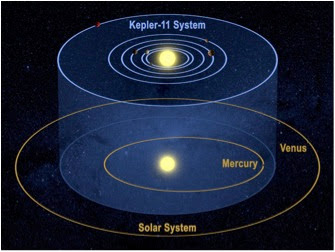




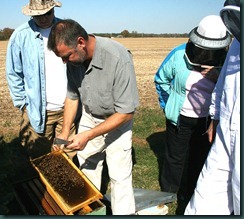
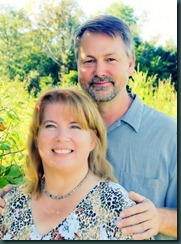
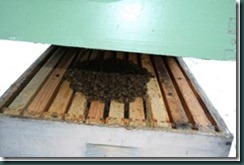
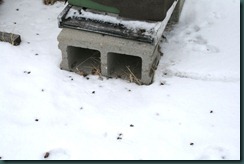

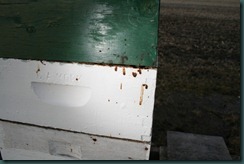

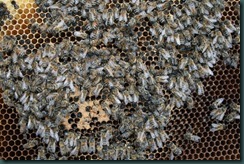

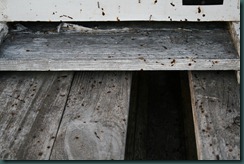
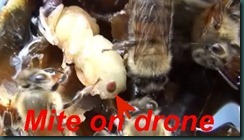



.jpg)





0 comments:
welcome to my blog. please write some comment about this article ^_^